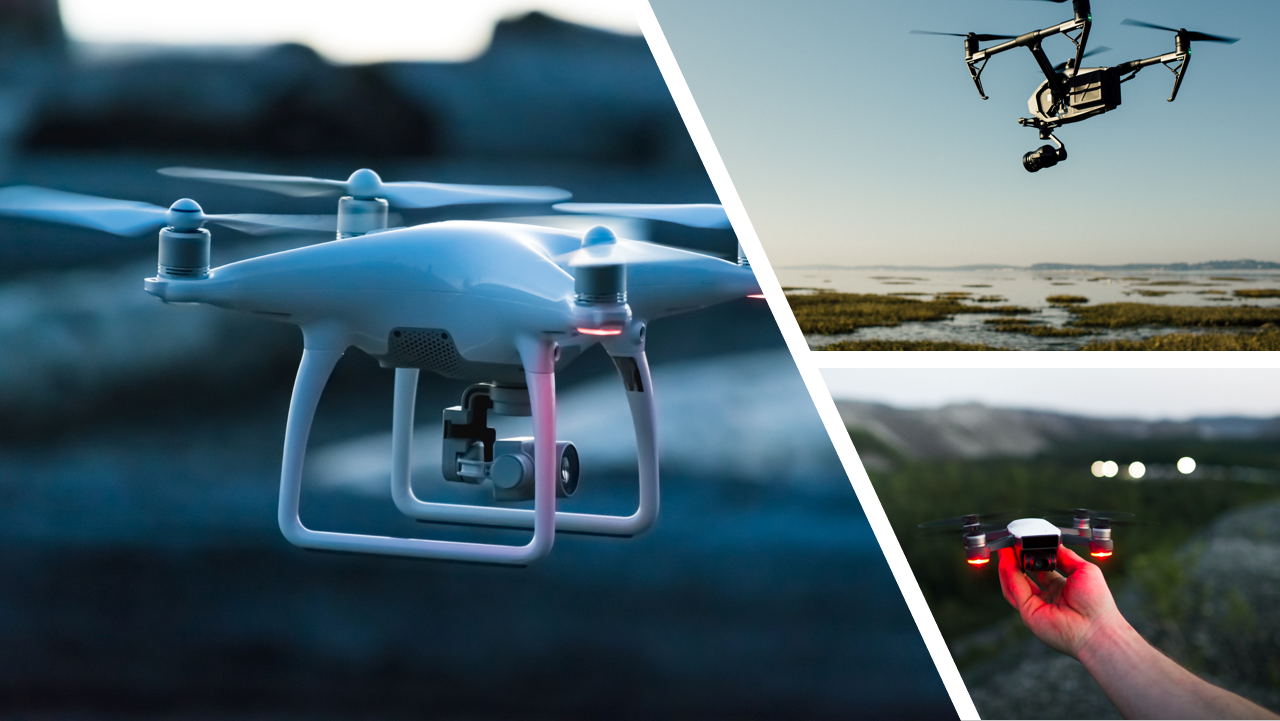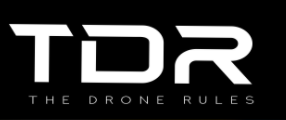UK PDRA 01 Explained
The Drone Rules
What is it?
TDR Services
Scenarios
PDRA01 Audits
CAA Resources
FAQ
What Is it?
PDRA01 is a standard scenario published by the UK CAA, authorising you to fly unmanned aircraft (UA) in the UK between 250g and 25kg in residential, commercial, industrial and recreational areas (within visual line of sight VLOS).
It allows you to conduct urban, visual line-of-sight (VLOS) operations with drones up to 25kg — without creating a full risk assessment from scratch. Without a PDRA01, you may have to keep at least 150m away from residential, recreational, commercial and industrial areas unless operating within certain Open sub-categories.
A PDRA01 can be applied for, by utilising Civil Aviation Publications and then submitted to the CAA at a cost of £500.00. Before submitting an Operations Manual the Operator should have in place an Operator ID, Flyer ID and GVC for each Remote Pilot (that is part of the Operations Manual) and UAS Insurance (EC785/2004). If succesful, the Operator will receive an Operational Authorisation valid for 12 months.
12-month validity period
Costs £500 per year
Required to hold a GVC
Sub-25kg UA
Flyer ID required
Operator ID Required
Appropriate Insurance Required
UK PDRA01 Guide
Step-by-Step Process
How to Start Operating Under PDRA01
- Get GVC Certified
Complete your General Visual Line of Sight Certificate (GVC) theory and practical by a Recognised Assessment Entity (RAE). - Create Your Operations Manual
Write a PDRA01-compliant manual following CAP722H. This includes planning, safety, responsibilities, and risk mitigations. - Apply for Operational Authorisation
Submit your GVC document, Operations manual, and application via the CAA online portal. Fee: £500. - Receive and Review Your Authorisation
Once approved, you’ll receive a document (an Operational Authorisation) outlining your legal permissions. Read it thoroughly. - Begin PDRA01 Operations
Ensure compliance with all limits and conditions. Always carry required documents during flights.
Need help writing your manual? Book a 1-on-1 with our team →
FAQs - Frequently Asked Questions
Can I use PDRA01 for BVLOS?
No — PDRA01 only supports VLOS (Visual Line of Sight) operations. BVLOS requires a SORA application.
Can I fly closer than 50 metres to people?
Only during take-off and landing. Standard separation is 50 metres from uninvolved persons under PDRA01, and as low as 30m on take-off and landing.
Can I operate at night?
Yes — if your operations manual includes night flight procedures and your Operational Authorisation explicitly allows it.
Is a PDRA01 valid for offshore or indoor flights?
Offshore: Yes, as long as your operation remains within VLOS and complies with PDRA01 limits. Offshore industrial areas (e.g. wind farms or vessels) can be included if covered in your operations manual.
Indoor: Typically no. Indoor flights are outside the scope of CAA airspace regulation and usually require separate site-specific permissions, not PDRA01.
What drones can I use?
Any unmanned aircraft under 25kg that is maintained and operated in accordance with your manual.
How long does CAA approval take?
Usually around or less than 28 working days, but can be longer during peak periods. If resubmitting ona renewal you may apply up to 3 months before submission.
Step-by-Step Process
How to Start Operating Under PDRA01
- Get GVC Certified
Complete your General Visual Line of Sight Certificate (GVC) theory and practical by a Recognised Assessment Entity (RAE). - Create Your Operations Manual
Write a PDRA01-compliant manual following CAP722H. This includes planning, safety, responsibilities, and risk mitigations. - Apply for Operational Authorisation
Submit your GVC document, Operations manual, and application via the CAA online portal. Fee: £500. - Receive and Review Your Authorisation
Once approved, you’ll receive a document (an Operational Authorisation) outlining your legal permissions. Read it thoroughly. - Begin PDRA01 Operations
Ensure compliance with all limits and conditions. Always carry required documents during flights.
Need help writing your manual? Book a 1-on-1 with our team →
FAQs: Frequently Asked Questions
Can I use PDRA01 for BVLOS?
No — PDRA01 only supports VLOS (Visual Line of Sight) operations. BVLOS requires a SORA application.
Can I fly closer than 50 metres to people?
Only during take-off and landing. Standard separation is 50 metres from uninvolved persons under PDRA01, and as low as 30m on take-off and landing.
Can I operate at night?
Yes — if your operations manual includes night flight procedures and your Operational Authorisation explicitly allows it.
Is a PDRA01 valid for offshore or indoor flights?
Offshore: Yes, as long as your operation remains within VLOS and complies with PDRA01 limits. Offshore industrial areas (e.g. wind farms or vessels) can be included if covered in your operations manual.
Indoor: Typically no. Indoor flights are outside the scope of CAA airspace regulation and usually require separate site-specific permissions, not PDRA01.
What drones can I use?
Any unmanned aircraft under 25kg that is maintained and operated in accordance with your manual.
How long does CAA approval take?
Usually around or less than 28 working days, but can be longer during peak periods. If you are planning on re-applying for a renewal, you may submit your application up to 3 months before your lapse date.
When PDRA01 Is Better Than Open Category – Real Scenarios
These examples show where PDRA01 enables operations that the Open Category subcategories (A1/A2/A3) cannot legally or safely accommodate.
🏙️ Infrastructure Mapping Over Busy Car Parks
Drone Weight: 4kg (e.g. DJI M30)
Need: Regular data capture of lighting assets during open hours.
Why Open Category Fails in this case: Unpredictable pedestrian presence breaches 50m separation distance from uninvolved person rule.
Why PDRA01 Works: With risk mitigations and operational planning, VLOS flight in recreational and commercial areas is also allowed.
🌆 Emergency Asset Checks in Built-Up Areas
Drone Weight: 3kg
Need: Rapid-response inspection over residential rooftops.
Why Open Category Fails: Flying within 50m of uninvolved persons or over buildings not permitted. A mass of 3kg would place this operation ifirmly in the Open Sub-category - A3 which requires 150m from Residential, recreational and commercial areas.
Why PDRA01 Works: Authorised proximity flying allowed with mitigations and a CAA-approved manual. Ref: CAP722H 2.3 and CAP722A structure.
⚓ Offshore Asset Flights at Ports or Docks
Drone Weight: 9kg (e.g. DJI M300 RTK)
Need: Routine inspections over wharfs, cranes, and vessels with crew in proximity.
Why Open Category could be Fail: High likelihood of proximity or overflight of uninvolved persons.
Why PDRA01 Works: Enables work near structures and people under strict VLOS and risk conditions. Ref: CAP722H PDRA01, 2.1–2.4 and supporting CAP722A ops manual structure.
These scenarios reflect real operational needs where PDRA01 provides a legal, professional, and CAA-approved framework beyond Open Category limits.

CAP722H
CAP 722H lays out the conditions and limitations for any PDRA developed and published by the CAA. It describes the concept of a pre-defined risk assessment, and sets out each PDRA available in the UK to UAS Operators for use in the Specific category only.
Related Guidance Documents - CAP (Civil Aviation Publications)
CAP2606
All PDRA01 UAS operators must have an operations manual to comply with requirements in CAP 722H. This template should be used to assist UAS operators in creating an operations manual for PDRA01.

